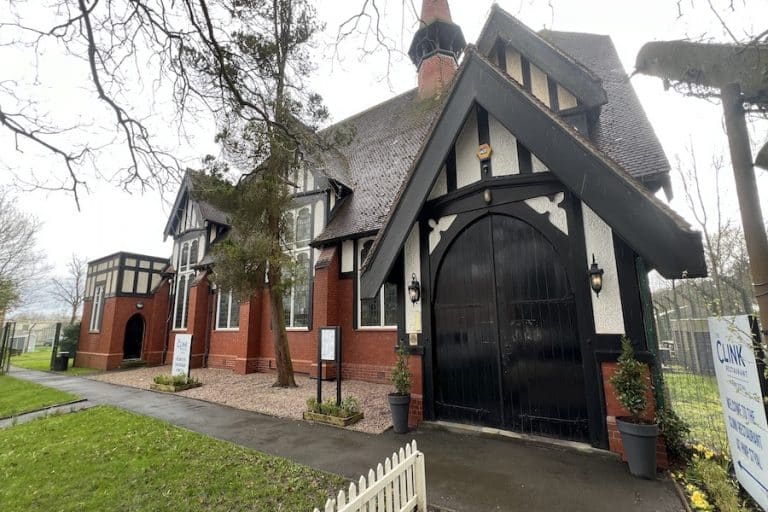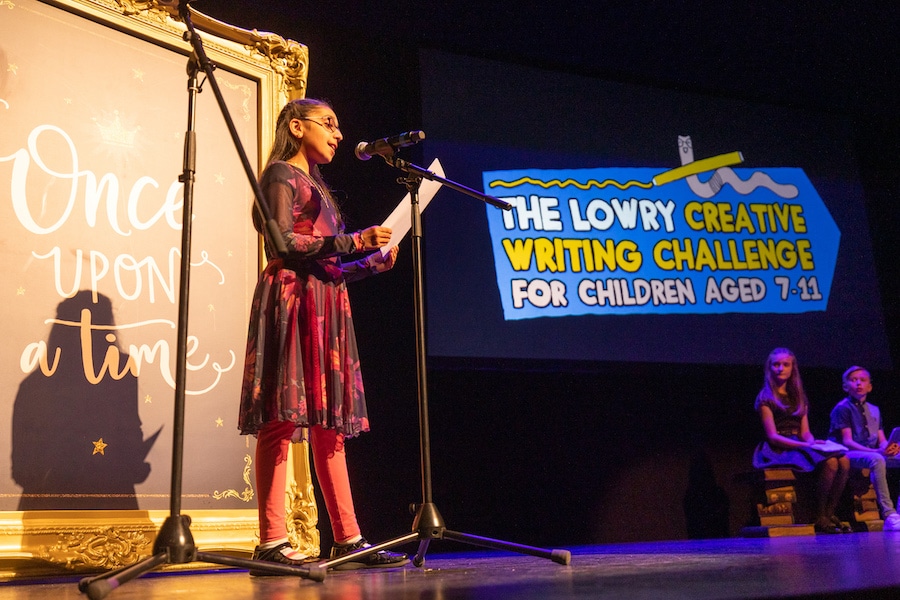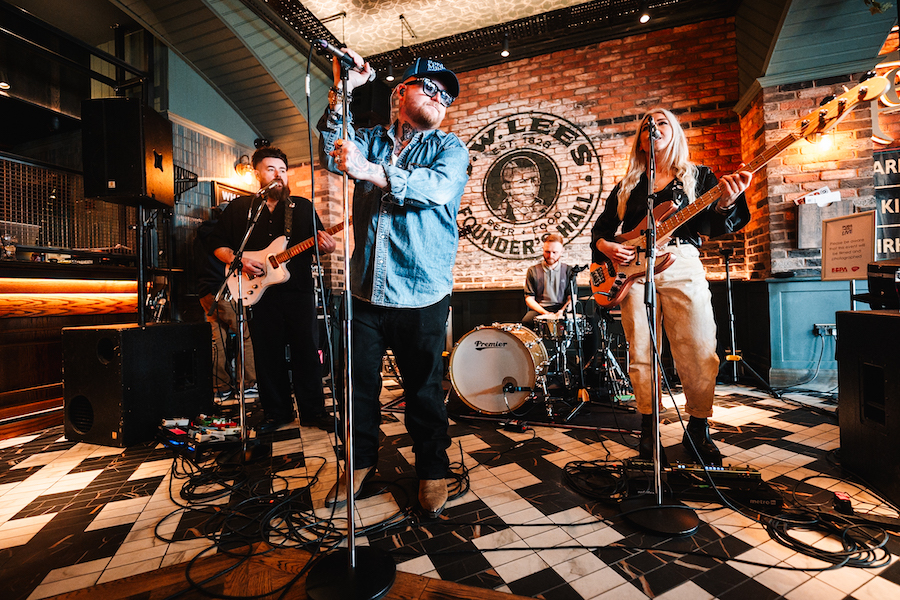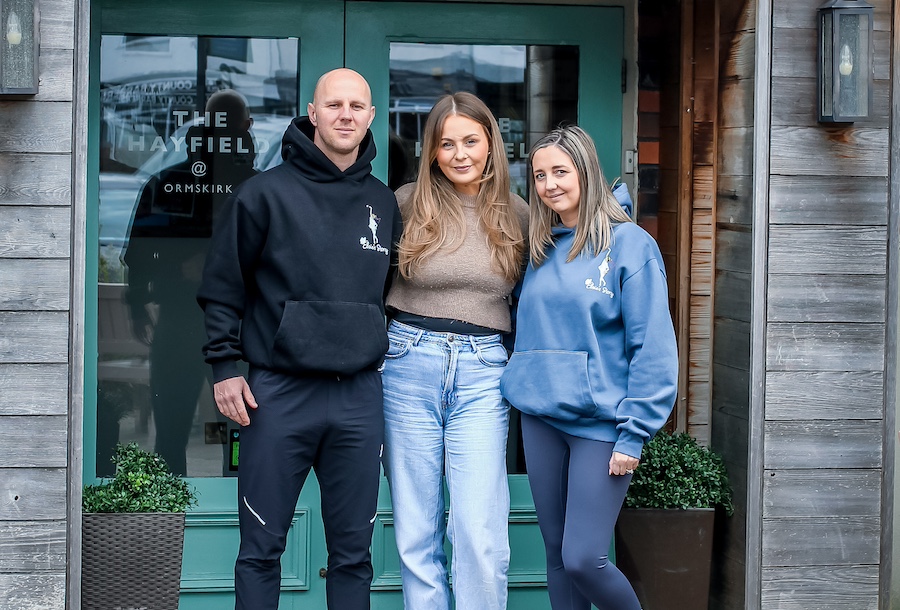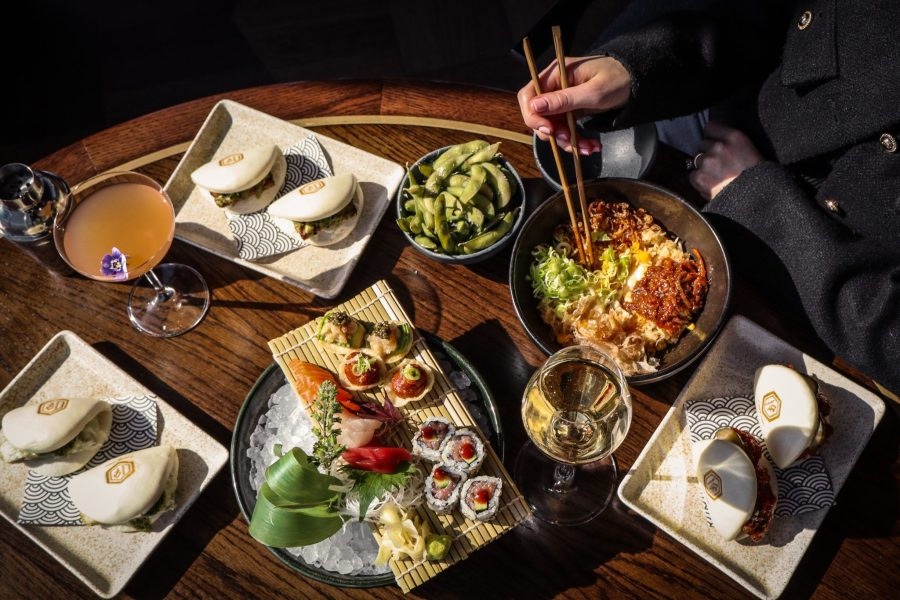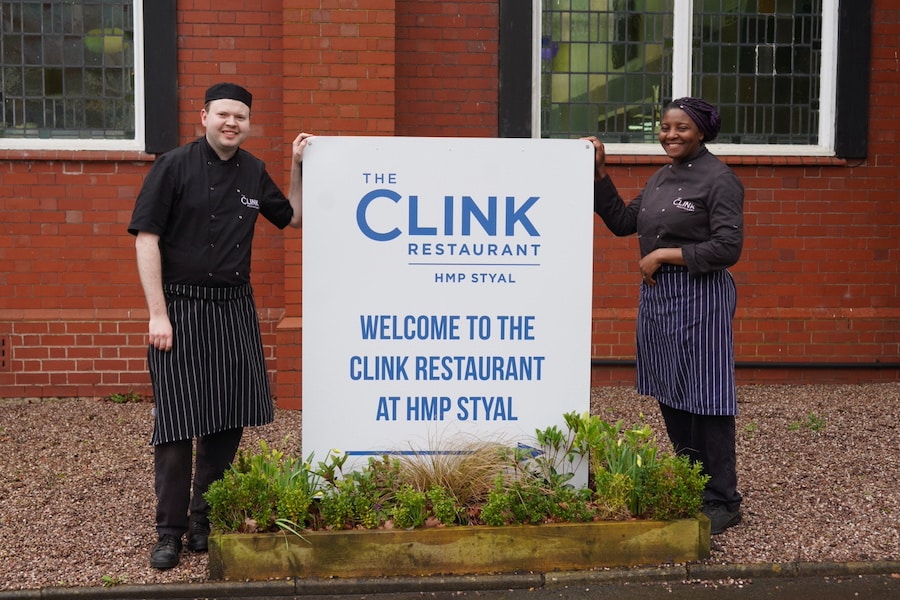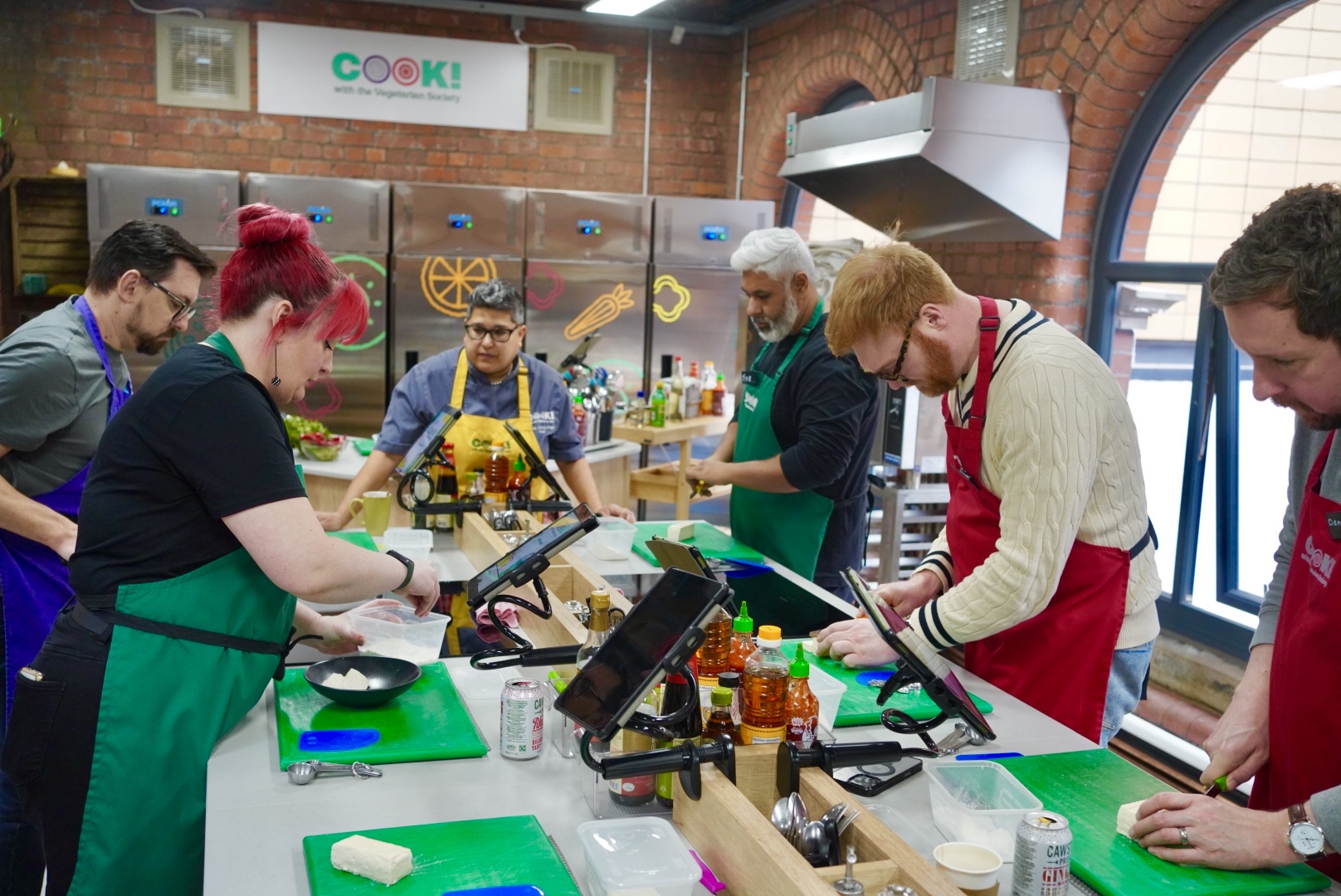Photographers explore the identity of Eccles in stunning new exhibition
- Written by Thom Bamford
- Last updated 7 months ago
- City of Manchester, Exhibitions, Featured
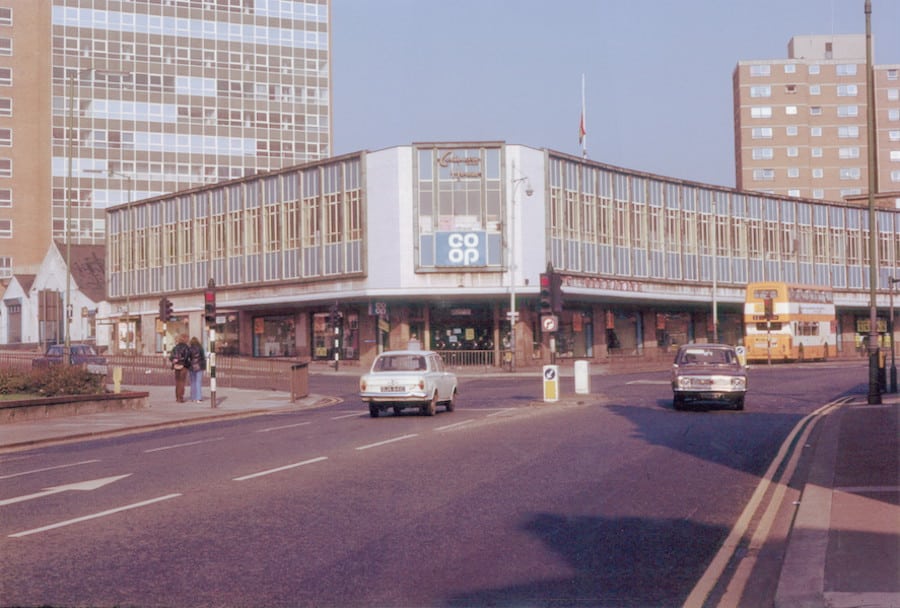
Photographer Paula Keenan is bringing the heart of Eccles into sharp focus with her latest project, a unique photography exhibition that captures the people, stories, and places that define this Greater Manchester town.
Over the course of several months, she immersed herself in the community, working with local residents to document their daily lives, their memories, and the moments that matter most.
The result is a visual chronicle that blends nostalgia with a fresh perspective, revealing the warmth and resilience of Eccles.
Picturing Eccles
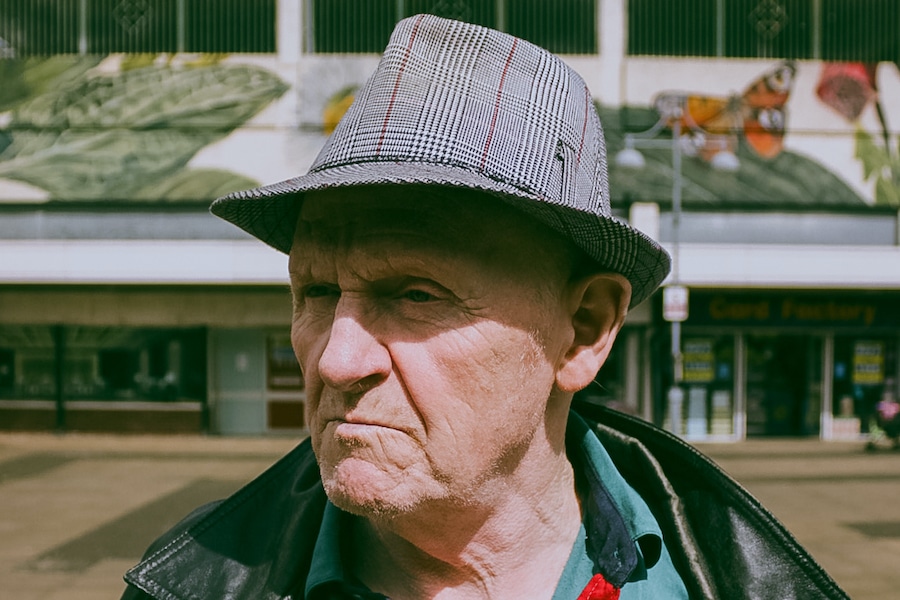
Through the eyes of local photographers, the exhibition aims to offer a fresh perspective on a town steeped in history yet brimming with new life.
“I felt welcomed from the minute I started the project,” Paula said with a smile, reflecting on her time documenting Eccles.
A native of Wigan, Paula is no stranger to the nuances of northern communities, but Eccles, with its unique charm, left a lasting impression.
“I compared it to Wigan and just said, you know, we’ve got our pies, and you’ve got your Eccles cakes.”
Paula’s journey with this project began when she responded to a call for photographers interested in working on a community-driven initiative.
For Paula Keenan, the appeal of photographing people was always strong.
Having studied documentary photography while raising her young children, she often integrated her assignments into her everyday life, capturing the lives of people around Wigan.
From train commuters to market-goers, Paula’s fascination with community life took root early on, and Eccles was a natural extension of that passion. “The people-in-community thing was something that I was always hooked on,” she reflected.
War Museum photographer in residence
Her previous work in the area, notably with the War Museum as an artist-in-residence, had already familiarised her with the town’s market, churches, and local communities.
“When the War Museum first opened, I got the role of artist-in-residence there. So part of my outreach work was going out, interviewing people around Greater Manchester,” she explained.
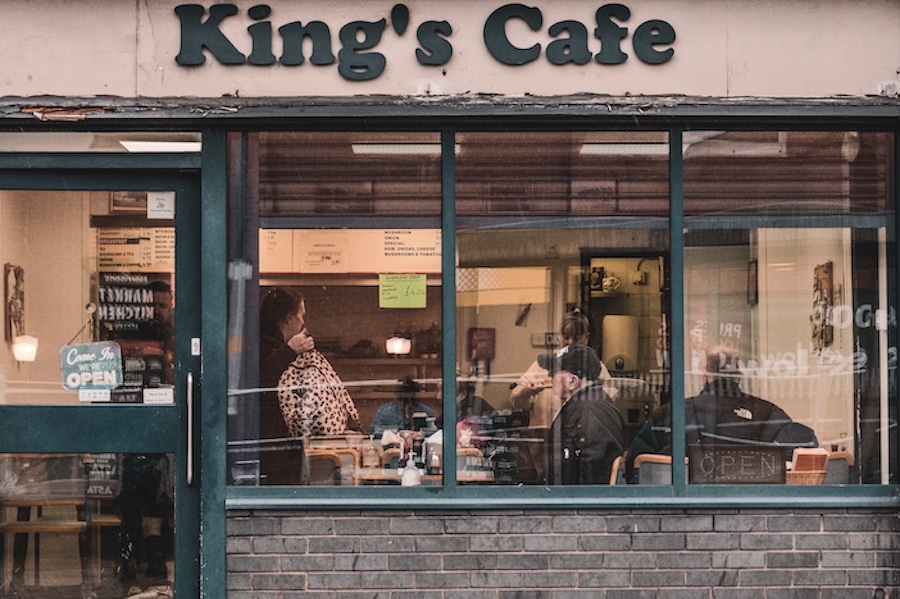
Paula set up a photography group as part of her project to document Eccles.
The group was formed in response to a call-out for photographers who were passionate about capturing the essence of the local community.
What made this group unique was its inclusivity and the sense of camaraderie it fostered among its members.
Initially, about 40 people responded to Paula’s invitation, and over time, a core group of around 15 photographers emerged.
They began meeting regularly on Saturday mornings, where they would share ideas, critique each other’s work, and set new photographic challenges for themselves.
The meetings took place at the Gateway Centre, which provided a free space for the group to gather, enjoy tea and coffee, and discuss their progress.
The group was diverse, with photographers ranging from seasoned professionals to retirees who had recently picked up a camera. Each participant had their own motivations for joining.
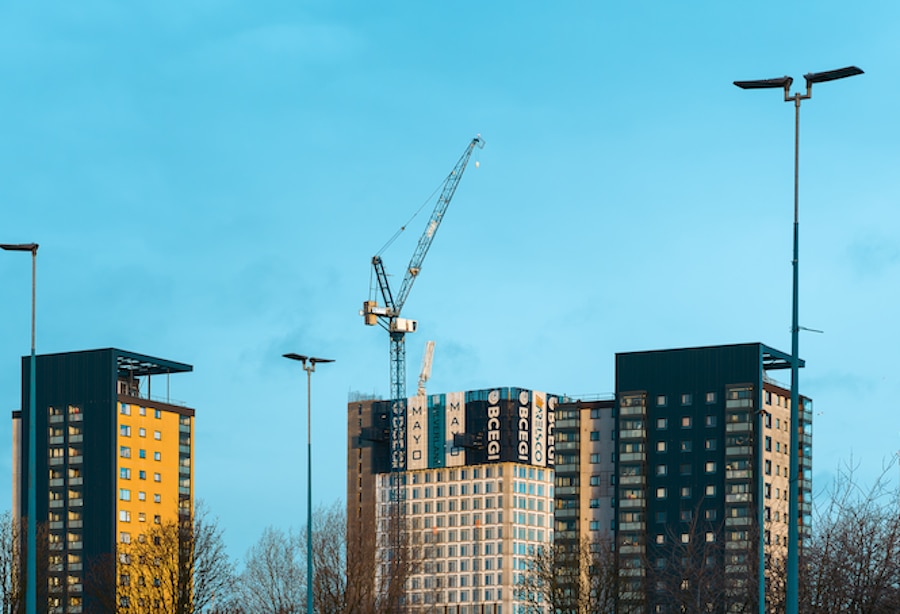
Some were looking to overcome loneliness, while others wanted to share and develop their skills or simply talk photography with like-minded people.
This variety of experiences and perspectives enriched the group, and Paula described the support and encouragement the photographers gave each other as something that happened “organically.”
Paula’s approach to the project was deeply inspired by the Mass Observation Project of the 1930s and 40s, which sought to document the everyday lives of ordinary people.
“Let’s look at how people are living, how they’re going, how they’re working, what they’re doing with their leisure time,” she recalls telling her group.
The goal was to capture the multifaceted nature of life in Eccles, from worship to sports, and everything in between.
Among the many connections she made in Eccles, the Tyndall Street Allotments became a significant focal point.
“I sort of went around Eccles one Sunday morning, and by chance, one of the bell ringers saw me taking pictures in the churchyard and said, ‘Do you want to come and see what we’re doing?'” she remembered.
This serendipitous encounter led to a series of memorable photographs of the bell ringers, one of which remains a personal favourite.

“One of my favorite images I took is just one of the bell ringers who’s almost been lifted off her feet with the rope,” she says with a laugh.
“I think it’ll get some attention.”
The bell ringers, however, were not just a subject of photographs. They also became part of the local lore.
“There’s been a massive argument with some people over the years that the bells are not real in the parish church,” Paula shared.
“We thought if one thing this project would clarify, that the bells exist.”
The project, it seems, has not only documented Eccles’ present but also helped settle longstanding debates.
Beyond the bell ringers, the project delved into various aspects of community life. From local chess clubs to parish churches, each facet of Eccles offered a unique story.
“The response has been fantastic. I don’t think anyone’s really said no,” Paula noted.
Gaining the trust of the local community

The warmth and hospitality of Eccles’ residents became a defining feature of the project, despite initial skepticism.
“There was a little bit of, ‘Where’s this person from? Is she one of us? Is she local?'” she recalled.
However, once Paula began engaging with the community, any doubts quickly dissipated.
“Once you started talking to them about the project and about what people find specific to Eccles that they love, I think everyone had something to say then.”
The exhibition, supported by the collaboration between the Open Eye Gallery and the local council, offers a rare opportunity for local photographers to see their work showcased in an international context.
“The hook for all the people, the photographers who got involved, was that this was a chance for them to do a photographic project that would also link them to an international gallery,” Paula explained.
Building a photographic community

The project also provided a unique space for local photographers to connect, share skills, and build a sense of community.
“It was really good to see the support the photographers were giving each other,” she reflected.
The project’s organic growth, from casual meet-ups to a full-fledged exhibition, speaks to the power of community-driven art.
“Some people had come to overcome loneliness, some people just wanted to share skills, and others just wanted to talk photography to other people who were interested in it,” Paula noted.
The result is a body of work that is as diverse as the town it documents.
Mr. Hastie’s Eccles archive

In addition to the contemporary images, the exhibition also features photographs donated by the late Mr. Hastie, a local photographer whose archive offers a window into Eccles in the 1970s.
“They’re absolutely fantastic, and there’s such a contrast with Eccles today,” Paula said, describing the vintage images of women in fancy coats and hats at a bowling match.
These historical photographs provide a poignant reminder of the town’s evolution, juxtaposed against the modern-day images captured by Paula and her fellow photographers.
As the exhibition prepares to open its doors, Paula reflects on what she hopes visitors will take away from the experience.
“I’ve only got positives,” she said confidently. “I’m really pleased with the work and what I’ve taken from it.”
Where to see Picturing Eccles?
For Eccles, a town often overshadowed by its larger neighbours, this exhibition offers a chance to celebrate its unique identity and showcase the strength of its community.
As Paula’s lens has revealed, there is much more to Eccles than meets the eye.
Picturing Eccles will be on display from 6th September – 19th October at Eccles Library, and in shop windows around the town centre from Friday 6th September – 19th October.
You can find out more about the Picturing Eccles project by clicking here
- This article was last updated 7 months ago.
- It was first published on 19 August 2024 and is subject to be updated from time to time. Please refresh or return to see the latest version.
Did we miss something? Let us know: press@ilovemanchester.com
Want to be the first to receive all the latest news stories, what’s on and events from the heart of Manchester? Sign up here.
Manchester is a successful city, but many people suffer. I Love Manchester helps raise awareness and funds to help improve the lives and prospects of people across Greater Manchester – and we can’t do it without your help. So please support us with what you can so we can continue to spread the love. Thank you in advance!
An email you’ll love. Subscribe to our newsletter to get the latest news stories delivered direct to your inbox.
Got a story worth sharing?
What’s the story? We are all ears when it comes to positive news and inspiring stories. You can send story ideas to press@ilovemanchester.com
While we can’t guarantee to publish everything, we will always consider any enquiry or idea that promotes:
- Independent new openings
- Human interest
- Not-for-profit organisations
- Community Interest Companies (CiCs) and projects
- Charities and charitable initiatives
- Affordability and offers saving people over 20%
For anything else, don’t hesitate to get in touch with us about advertorials (from £350+VAT) and advertising opportunities: advertise@ilovemanchester.com
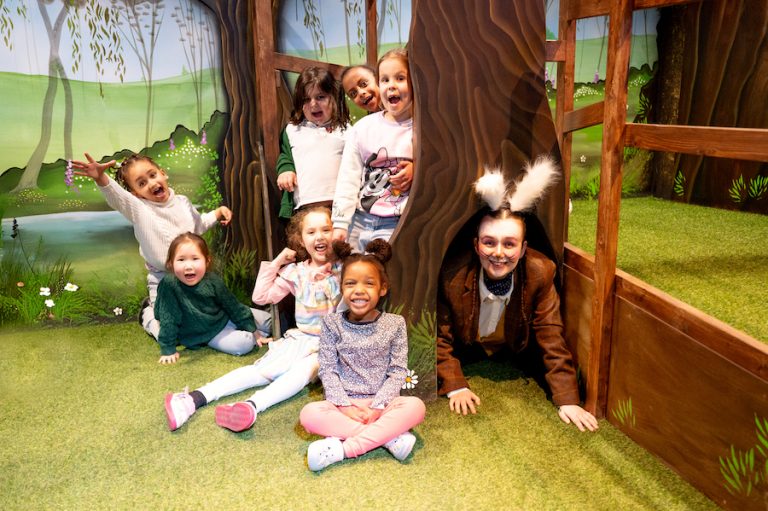
Head down the rabbit hole for Adventures in Wonderland with Z-arts
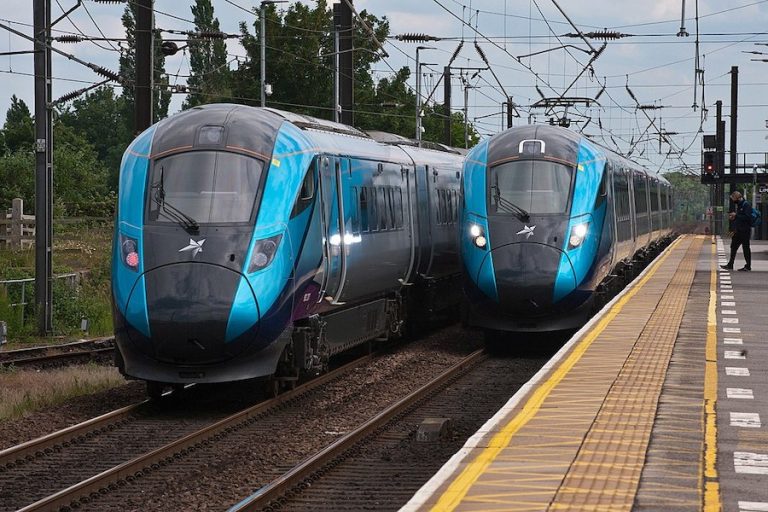
Major rail investment set to transform Manchester-Leeds commutes

“His presence will be deeply missed” Children’s hospice bids farewell to their visionary CEO
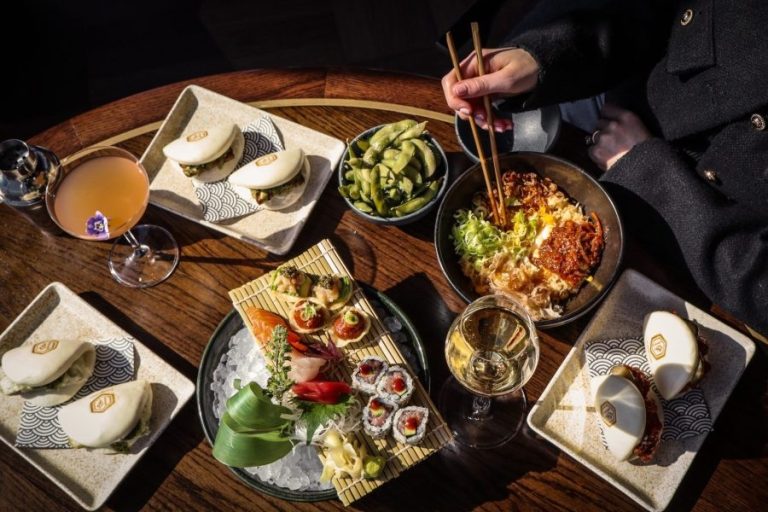
Has Gordon Ramsay created Manchester’s ultimate bottomless brunch?

The Clink celebrates ten years of empowerment and second chances
